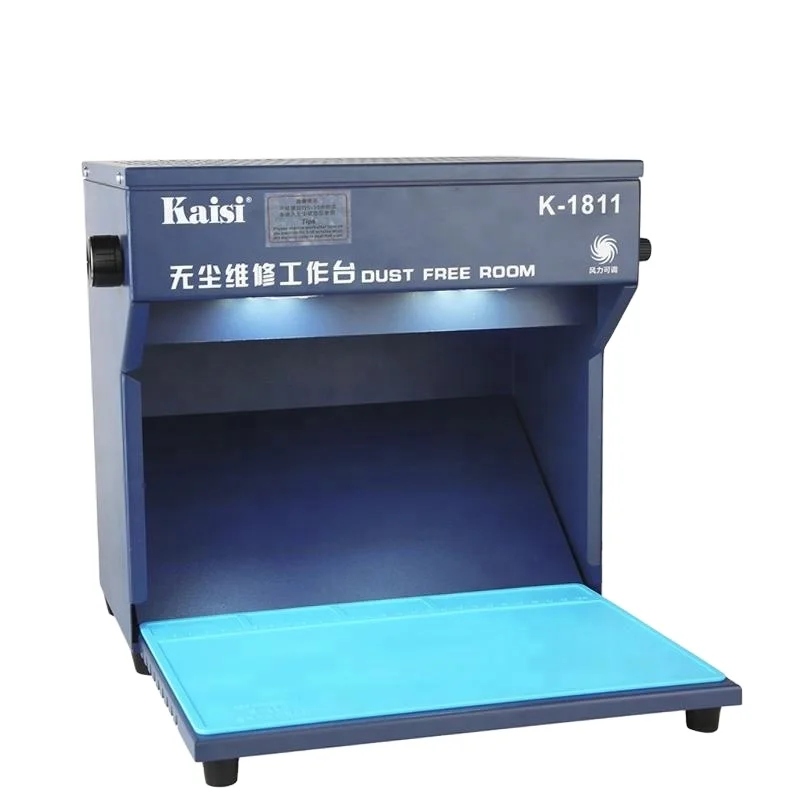


If you're testing multiple monitors, you can open the test on an additional monitor. We recommend the default setting of having all boxes checked. It packs many options into a single test window, but it's easy to use once you have an overview.To test your screen, check all the boxes you want to include in your test.
There is a very good description of all available techniques on wikiHow. You can combine any of the tools detailed above and the magic power of your own hands. If you do, start the fix, which will rapidly flash your entire screen with black, white, and basic color pixels.Should none of these tools resolve your stuck or dead pixel issue, here is one last chance.
When you apply pressure, you're forcing the liquid out, and when you release the pressure, chances are the liquid will push in, spreading around evenly as it should. When your screen's backlight turns on, different amounts of liquid pass through the pixel to create different colors. Try not to put pressure anywhere else, as this may trigger the creation of more stuck pixels.While applying pressure, turn on your computer and screen.Remove pressure, and the stuck pixel should be gone.This works because, in a stuck pixel, the liquid in one or more of its sub-pixels has not spread equally.


 0 kommentar(er)
0 kommentar(er)
